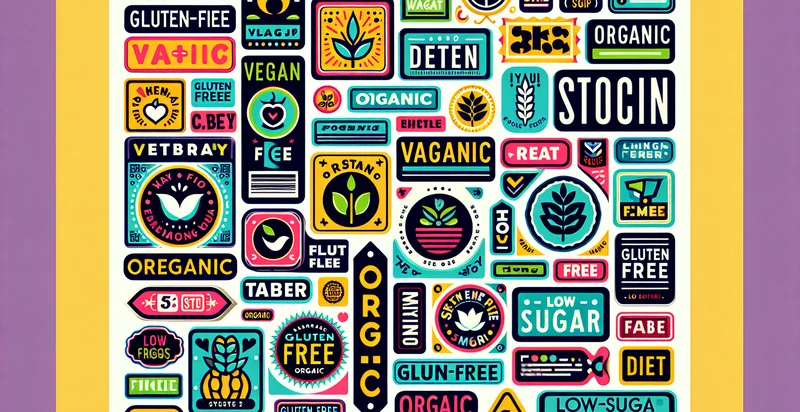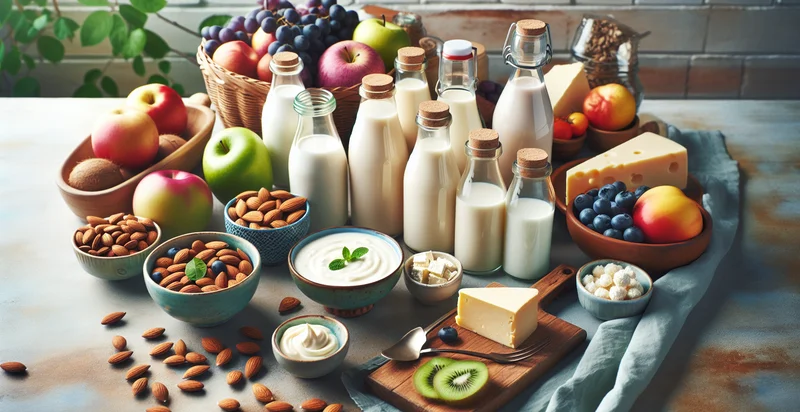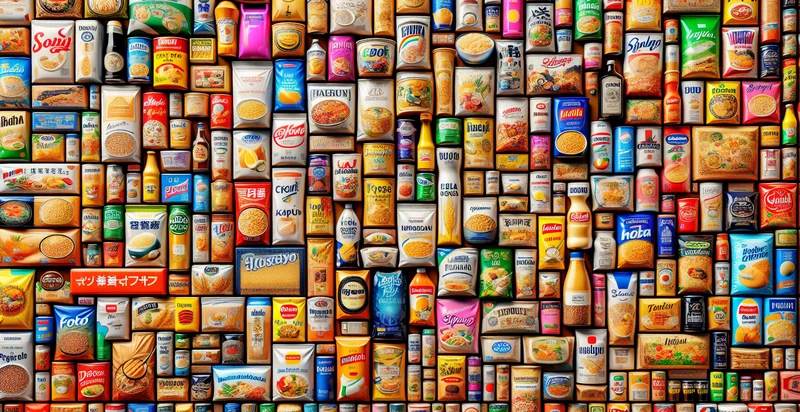Identify dietary labels
using AI
Below is a free classifier to identify dietary labels. Just upload your image, and our AI will predict what dietary labels are appropriate for this food item - in just seconds.

Contact us for API access
Or, use Nyckel to build highly-accurate custom classifiers in just minutes. No PhD required.
Get started
import nyckel
credentials = nyckel.Credentials("YOUR_CLIENT_ID", "YOUR_CLIENT_SECRET")
nyckel.invoke("dietary-labels", "your_image_url", credentials)
fetch('https://www.nyckel.com/v1/functions/dietary-labels/invoke', {
method: 'POST',
headers: {
'Authorization': 'Bearer ' + 'YOUR_BEARER_TOKEN',
'Content-Type': 'application/json',
},
body: JSON.stringify(
{"data": "your_image_url"}
)
})
.then(response => response.json())
.then(data => console.log(data));
curl -X POST \
-H "Content-Type: application/json" \
-H "Authorization: Bearer YOUR_BEARER_TOKEN" \
-d '{"data": "your_image_url"}' \
https://www.nyckel.com/v1/functions/dietary-labels/invoke
How this classifier works
To start, upload your image. Our AI tool will then predict what dietary labels are appropriate for this food item.
This pretrained image model uses a Nyckel-created dataset and has 20 labels, including Clean Eating, Dairy-Free, Flexitarian, Gluten-Free, High-Fiber, High-Protein, Intermittent Fasting, Keto, Low-Carb and Low-Fat.
We'll also show a confidence score (the higher the number, the more confident the AI model is around what dietary labels are appropriate for this food item).
Whether you're just curious or building dietary labels detection into your application, we hope our classifier proves helpful.
Related Classifiers
Need to identify dietary labels at scale?
Get API or Zapier access to this classifier for free. It's perfect for:
- Food Product Verification: Businesses can utilize the dietary labels identifier to verify the accuracy of dietary labels on food packaging. This helps prevent false advertising and ensures compliance with food labeling regulations, ultimately enhancing consumer trust and brand integrity.
- Personalized Diet Planning: Health tech companies can incorporate this function into their platforms to aid users in creating personalized meal plans based on dietary restrictions. By accurately identifying dietary labels, users can receive tailored recommendations that align with their health goals, such as weight loss or managing allergies.
- Supply Chain Transparency: Retailers and distributors can implement the dietary labels identifier to enhance transparency in their supply chain. By ensuring that all products meet the claimed dietary standards, companies can promote ethical sourcing and build consumer confidence in their product offerings.
- Nutritional Education: Educational institutions and health organizations can use this identifier to create programs focused on nutritional literacy. By accurately classifying dietary labels, individuals can better understand food products, promoting healthier choices and raising awareness about dietary needs.
- E-commerce Enhancements: Online grocery stores can integrate the function to improve their product search and filtering options. Customers can easily find food items that match their dietary preferences, such as gluten-free or vegan products, leading to an improved shopping experience and increased sales.
- Regulatory Compliance Monitoring: Food manufacturers can leverage the dietary labels identifier to monitor compliance with local and international labeling regulations. By ensuring that their products are correctly labeled, companies can avoid fines and recalls, safeguarding their reputation and financial stability.
- Recipe Development Tools: Food applications and cooking platforms can utilize the identifier to help users find recipes that accommodate specific dietary requirements. By analyzing ingredient labels, the app can suggest alternatives or modifications, making it easier for users to adhere to their dietary restrictions while enjoying diverse meal options.


